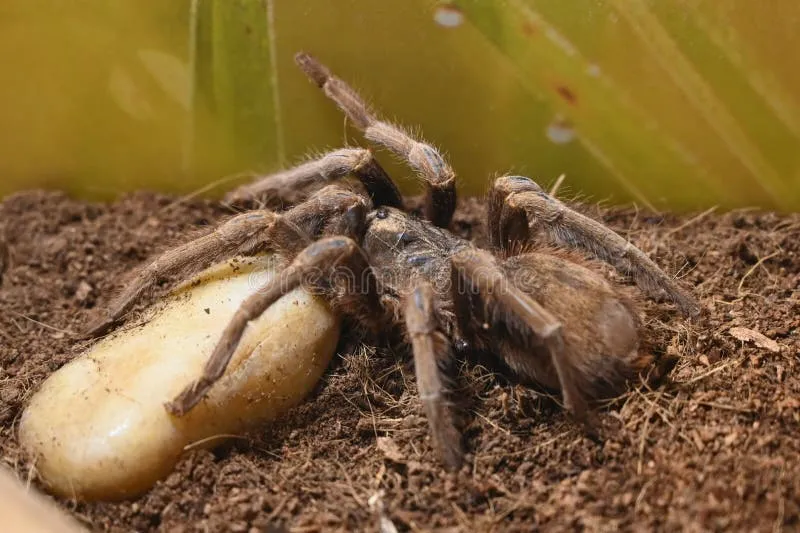Understanding the Salmon Bird Tarantula
The Salmon Bird Tarantula (Lasiodora parahybana) is a large and impressive spider native to Brazil. Known for its impressive size and relatively docile nature, it’s a popular choice among tarantula enthusiasts. Understanding their natural habitat and behaviors is crucial for providing proper care. These spiders can grow to have a leg span of up to 10 inches, making them one of the largest tarantula species in the world. Their coloration is typically a mix of brown, tan, and salmon hues, giving them their common name. Before bringing one home, research their needs so you can provide a safe and comfortable environment for your new pet. The Salmon Bird Tarantula is a rewarding pet for those willing to commit to their care.
Habitat and Housing Needs
Creating a suitable habitat is essential for the health and well-being of your Salmon Bird Tarantula. They need a secure enclosure that provides appropriate space, temperature, humidity, and substrate. Avoid glass tanks, as they can be more difficult to regulate the environment. Plastic enclosures are generally a better choice. Proper ventilation is also key to prevent mold and maintain a healthy environment. The enclosure should be escape-proof, as these spiders can be quite fast. Choose a size appropriate for the spider’s size; a juvenile will require a smaller enclosure compared to a fully grown adult. Remember that a comfortable environment will reduce stress and ensure a long life for your tarantula.
Ideal Enclosure Setup
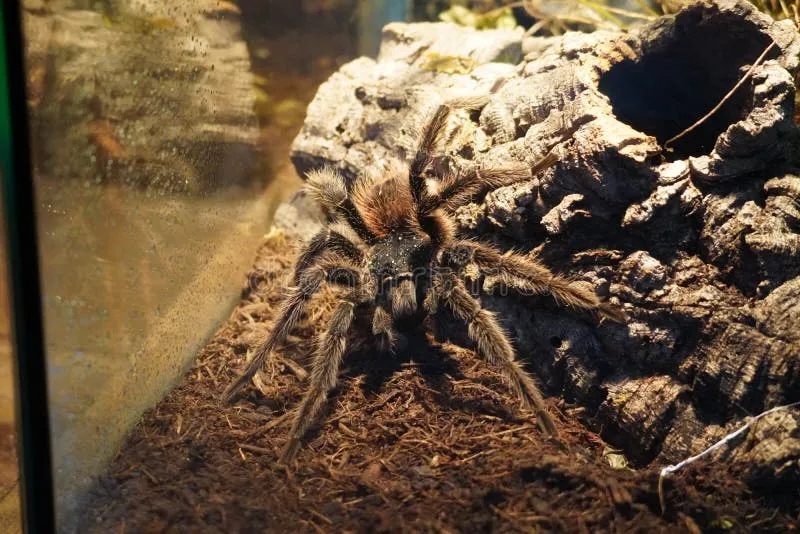
The enclosure should be at least three times the tarantula’s leg span in width and length, and the height should allow for burrowing and some vertical space. A secure lid is a must, and the enclosure should be placed in a quiet area away from direct sunlight and drafts. The location of the enclosure is as important as the enclosure itself, to ensure stability and prevent the tarantula from feeling threatened. Provide hiding places like cork bark, half logs, or artificial plants to allow the tarantula to feel secure. The enclosure should have good ventilation to prevent the buildup of harmful gases and maintain the proper humidity levels. Monitor the enclosure setup regularly for any changes.
Substrate and Decoration
The substrate is the bedding material that covers the bottom of the enclosure, providing a comfortable and functional environment for your tarantula. Coconut fiber, peat moss, and a mix of both are excellent choices. The substrate should be deep enough to allow the tarantula to burrow, which is a natural behavior. Avoid substrates that are toxic or could cause injury. Decorations such as cork bark, artificial plants, and sturdy hides will give your tarantula a sense of security. Ensure all decorations are securely placed and won’t topple over and potentially harm your spider. The substrate should be kept slightly moist, not wet, and replaced regularly to prevent mold growth and maintain hygiene. Remember to change the substrate frequently to keep a healthy environment for your Salmon Bird Tarantula.
Temperature and Humidity Control
Salmon Bird Tarantulas thrive in a specific temperature and humidity range. Maintain a temperature between 75-85°F (24-29°C). Use a heat lamp or under-tank heater, but be sure to monitor the temperature with a thermometer to prevent overheating. Humidity levels should be kept between 65-75%. Regularly misting the enclosure or providing a water dish can help maintain this. Proper ventilation is essential to prevent mold and maintain appropriate humidity levels. Monitor the humidity levels with a hygrometer. Regular checks and adjustments ensure optimal conditions for your tarantula. Avoid placing the enclosure in direct sunlight, as this can lead to extreme temperature fluctuations. A stable environment is essential for the health and well-being of the tarantula.
Feeding Your Salmon Bird Tarantula
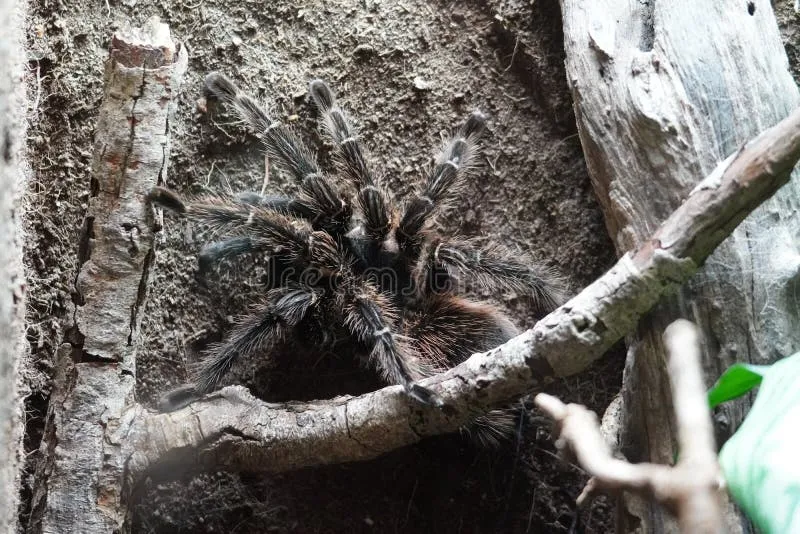
Feeding is a crucial aspect of caring for your Salmon Bird Tarantula. Providing the right prey, in the correct amounts, and at the appropriate frequency will keep your tarantula healthy and thriving. Observe your tarantula’s feeding habits and adjust your routine as needed. These tarantulas have a strong appetite and enjoy a variety of insects. Always remove uneaten prey to prevent stress on the spider and the buildup of waste in the enclosure. Proper feeding not only ensures physical health but also contributes to the overall well-being and vitality of your pet.
Appropriate Prey Selection
A varied diet is essential for your Salmon Bird Tarantula. Crickets, mealworms, dubia roaches, and even small pinky mice (for adults) are suitable choices. Ensure the prey insects are gut-loaded before feeding, providing them with nutritious food to pass on to your tarantula. Avoid feeding wild-caught insects, as they may carry parasites or pesticides. The size of the prey should be appropriate for the size of your tarantula; a general rule is that the prey should be no larger than the tarantula’s abdomen. Always research and source your prey from reputable suppliers to ensure the health and safety of your tarantula. Rotate the prey regularly to provide a balanced diet.
Feeding Frequency and Amounts
Feeding frequency depends on the tarantula’s age and size. Spiderlings should be fed 2-3 times a week. Juveniles can be fed once or twice a week. Adult Salmon Bird Tarantulas can be fed once a week or every other week. Adjust the feeding schedule based on the tarantula’s appetite and condition. Overfeeding can lead to health problems. Always remove uneaten prey within 24 hours to prevent stress on the tarantula. A well-fed tarantula will have a plump abdomen. Keep an eye on the abdomen size; a deflated abdomen could indicate a need for more food, while a very large one could indicate overfeeding.
Watering and Hydration
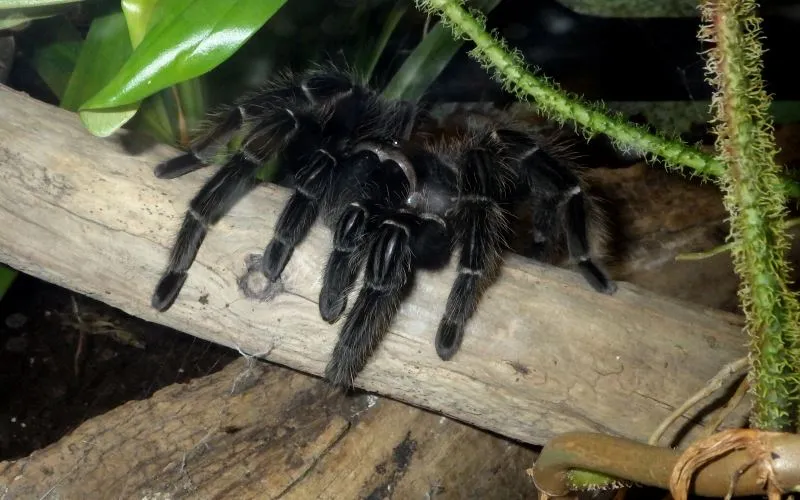
Providing fresh water is crucial for your tarantula’s hydration. Use a shallow water dish, or a bottle cap filled with water. Ensure the water dish is easily accessible, but not deep enough to pose a drowning hazard. Change the water frequently to keep it clean and prevent bacterial growth. In addition to the water dish, misting the enclosure can help maintain humidity levels and provide an additional source of hydration. Observe the tarantula’s behavior; if it appears dehydrated (e.g., sunken abdomen), increase the frequency of misting or provide more readily available water. Always keep a fresh water supply available, especially after molting. Proper hydration is essential for the overall health and well-being of your Salmon Bird Tarantula.
Handling and Safety
While Salmon Bird Tarantulas are generally not aggressive, caution should always be exercised when handling them. Their size and potential venom mean that handling should be kept to a minimum. Understanding their behavior and knowing how to recognize signs of stress can help prevent bites and ensure the safety of both you and your pet. Creating a safe environment for your tarantula also includes minimizing stress from handling. Always wash your hands before and after interacting with your tarantula. A calm and collected approach is key to interacting with this species.
Handling Guidelines
Handling should be minimized, and only done when necessary. If you must handle your Salmon Bird Tarantula, do so with extreme caution and only when it is calm and not stressed. Avoid sudden movements or loud noises. Always handle them close to the ground, in case they fall. Never force the tarantula to move; allow it to walk onto your hand. Use your hands as a bridge and gently guide the tarantula. Handle them over a soft surface to minimize potential injury. Remember that their venom is not typically life-threatening to humans, but a bite can be painful. Never handle a tarantula if you are unsure of its temperament.
Recognizing Signs of Stress
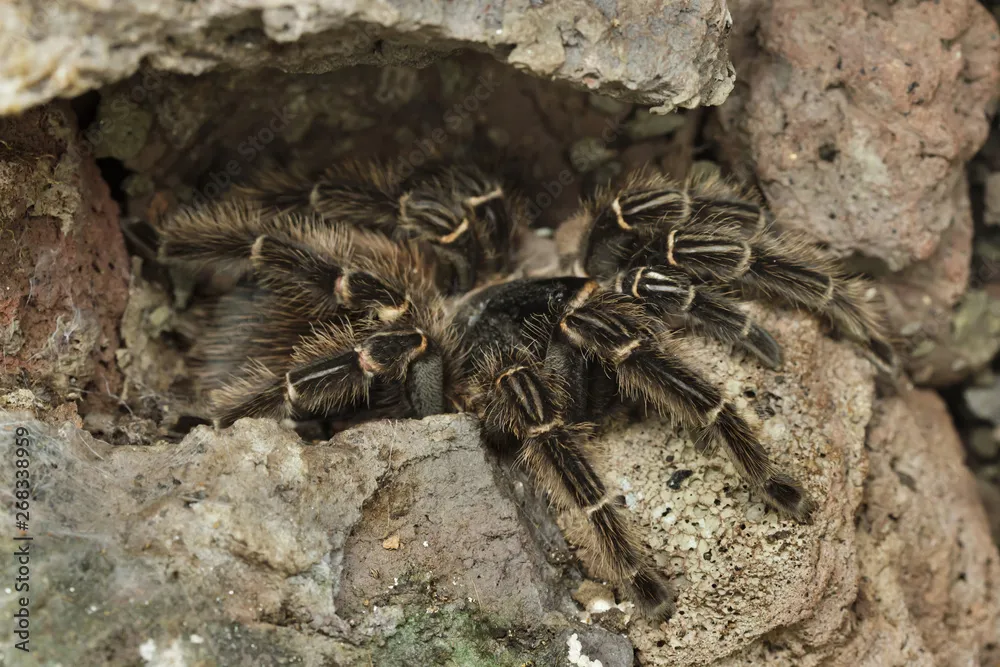
Learning to recognize signs of stress in your tarantula is crucial. These signs include defensive postures, such as raising their front legs, flicking hairs from their abdomen (urticating hairs), or displaying their fangs. A stressed tarantula may also move erratically or try to escape. If you observe any of these behaviors, avoid handling the tarantula and allow it to calm down in its enclosure. Providing a secure environment and minimizing disturbances are key to reducing stress. Always approach the tarantula calmly and avoid sudden movements. Recognizing stress is part of responsible pet ownership.
Common Health Issues and Solutions
Like all pets, Salmon Bird Tarantulas can experience health issues. Understanding the common problems and how to address them can help you provide the best care. Proper habitat maintenance, diet, and handling practices are essential for preventing health problems. Keep a close eye on your tarantula and learn how to identify and deal with issues promptly. Most health problems are preventable with proper care and attention. Remember that any unusual changes in behavior or appearance should be investigated promptly.
Molting Process
Molting is a natural process where tarantulas shed their exoskeleton to grow. During this time, the tarantula will typically stop eating and may appear lethargic. Provide extra humidity during molting, but do not disturb the spider. A tarantula about to molt will often lie on its back. Do not feed the tarantula during the molting process or for several days after, as its fangs and exoskeleton will be soft. The molting process can take several hours or even days. After molting, the tarantula’s fangs and body are soft and vulnerable. Allow them to harden before handling or feeding. Provide a water dish after molting to aid hydration. The molt will provide valuable insights on the health of the tarantula. Avoid touching or moving the tarantula during this delicate process.
Identifying and Treating Common Diseases
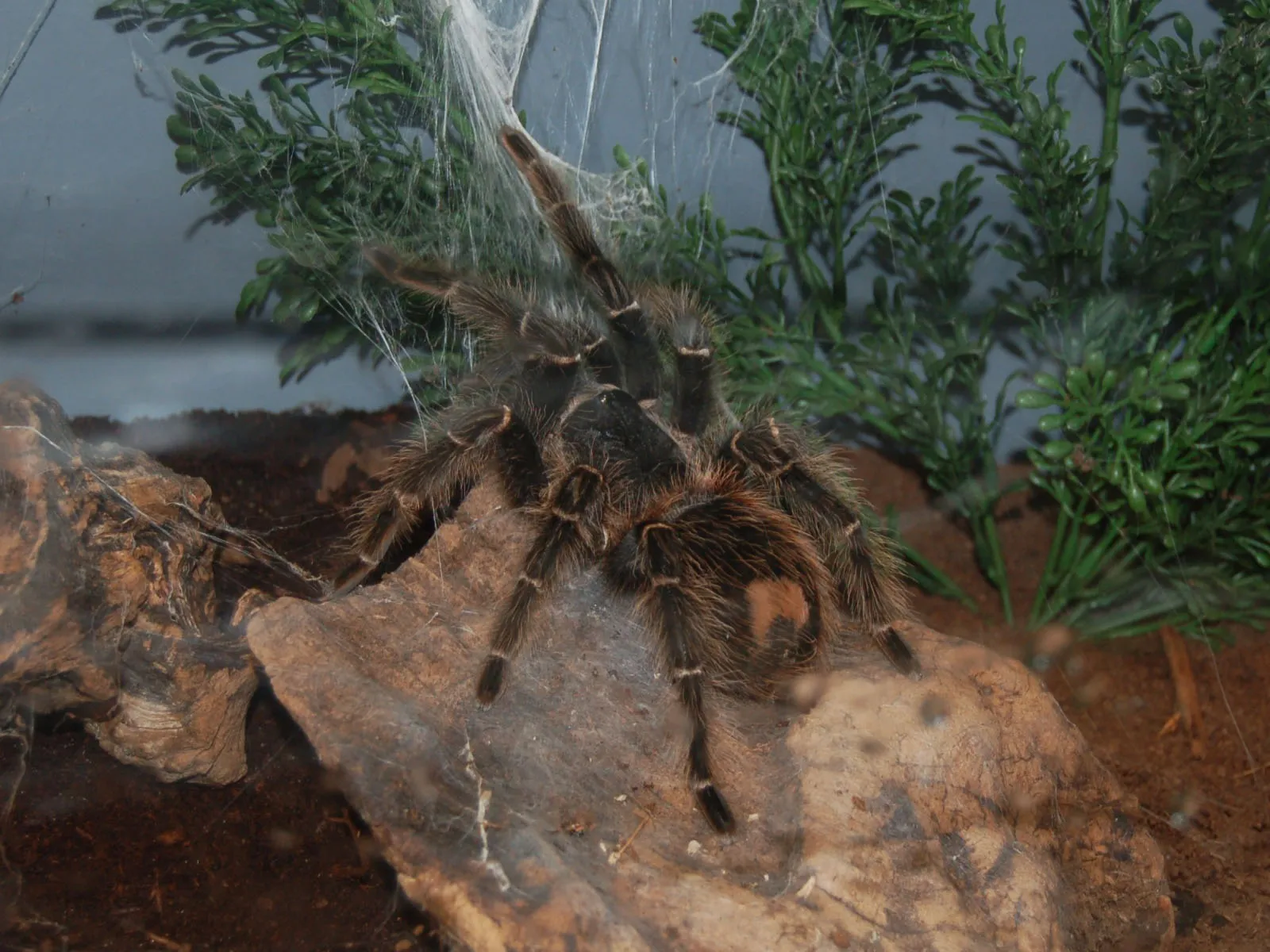
While tarantulas are relatively hardy, they can still be susceptible to certain health problems. Some common issues include fungal infections, parasites, and injuries. Fungal infections can be caused by poor hygiene and high humidity. Parasites may come from live prey. Injuries can happen during molting or handling. If you notice any signs of illness, such as lethargy, loss of appetite, discoloration, or unusual behavior, consult an experienced tarantula keeper or veterinarian. Improve hygiene, provide appropriate humidity and temperature and change the substrate regularly. Isolate sick tarantulas from others to prevent the spread of disease. Early detection and treatment are key to a successful recovery.
Final Thoughts
Caring for a Salmon Bird Tarantula is a rewarding experience. By understanding their needs and providing proper care, you can ensure they live a long, healthy, and fulfilling life. Remember to always prioritize their well-being and create an environment that mimics their natural habitat. Regular observation and a commitment to learning are essential for success. With dedication and care, you will enjoy the unique experience of owning these fascinating creatures. Proper research and understanding before acquiring a Salmon Bird Tarantula is vital. Enjoy the journey of tarantula ownership, and be patient and observant, and you’ll build a rewarding relationship with your exotic pet.
